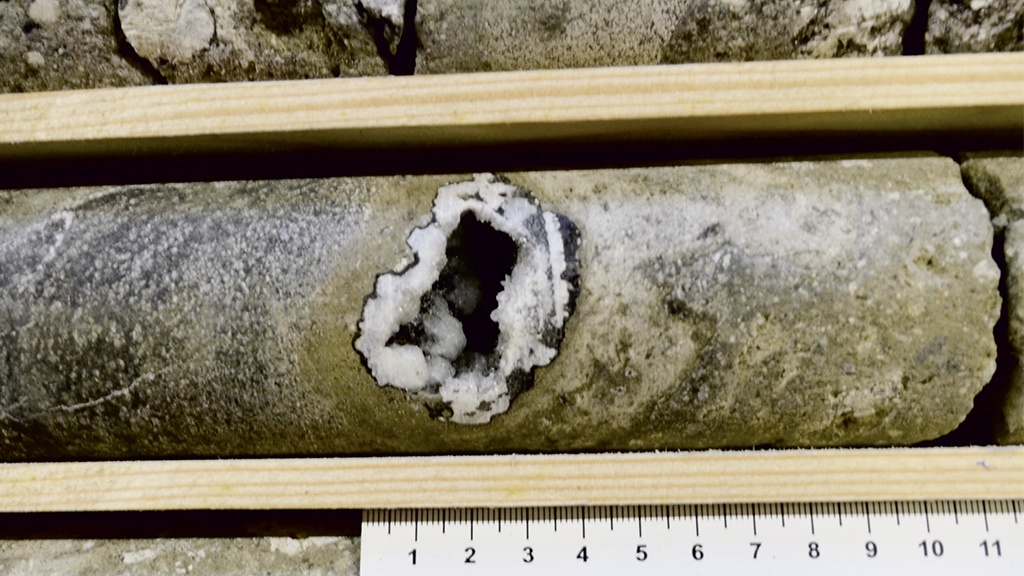Research Confirms: An Asteroid Impact Created Life-Friendly Conditions in the Lappajärvi Meteorite Crater
Researchers have, for the first time, successfully dated the emergence of microbial life in the Lappajärvi impact crater. The findings reveal that the asteroid impact created conditions favorable for microbial life within the crater. Samples were collected from drill cores stored in the Geological Survey of Finland (GTK)’s geological sample archive. Geologist Satu Hietala from GTK was part of the research team at Linné University. This scientific breakthrough was published in Nature Communications.

A research team from Linné University has found evidence that microbial life colonized the Lappajärvi impact crater in Western Finland after an asteroid struck the Earth. The crater cooled over a period of four million years, after which conditions became favorable for the development of microbial life. This colonization occurred approximately 74 million years ago. The researchers also discovered signs of life becoming established within the hydrothermal activity from the collision.
“This is the first time we can directly link microbial activity to an asteroid impact event using geochronological methods. It shows that such craters can serve as habitats for life long in the aftermath of the impact,” says Henrik Drake, a professor at Linné University, Sweden, and senior author of the study.
The researchers used isotopic biosignature analysis and radioisotopic dating. With these methods, they traced microbial sulfate reduction (a process that requires life) to mineral formations in fractures and cavities. These signatures emerged at temperatures around 47 degrees Celsius, ideal for microbial ecosystems. The researchers utilized impactite drill cores from the Geological Survey of Finland’s (GTK) geological sample archive.
In addition to finding signs of life, the researchers could pinpoint precisely when the conditions for life were suitable. This gave them a timeline for how life finds a way after a catastrophic event.
“Lappajärvi is one of Finland’s best-known impact craters. This research shows that we have material that attracts interest from the global scientific community. It’s important that we can participate in top-level international research,” says Satu Hietala, a geologist at the GTK and member of the research team.
“It’s especially remarkable that Finland holds some keys to understanding the resilience of life on our planet and its astonishing ability to survive geological upheavals. Discoveries like this also offer clues about what kinds of life might exist on other planets,” she adds.
Later mineral formations, more than 10 million years after the impact, show evidence of both methane consumption and production – providing further proof of long-lasting microbial activity.
The research connects the dots for the first time. Previously, researchers have found evidence that microbes colonized impact craters, but questions have always remained about when this occurred. The research confirms the timing and also that the colonization was due to the impact event, not some other process millions of years later.
This discovery strengthens the theory that asteroid impacts can create long-lived habitable environments—not just on Earth, but potentially on Mars, and other cratered planetary bodies.
The study opens a new frontier in astrobiology, offering a rare glimpse into how life rebounds after planetary-scale devastation—and how craters may serve as cradles for microbial ecosystems across the cosmos.
Photo
The impact melt-bearing breccia from Lappajärvi, featuring cavities filled with minerals, was among the drill core samples included in the study. Photo Satu Hietala, GTK.
More information
Article on Nature Communications
Satu Hietala, geologist
Geological Survey of Finland GTK
satu.hietala@gtk.fi
Tel. +358 29 503 3005
